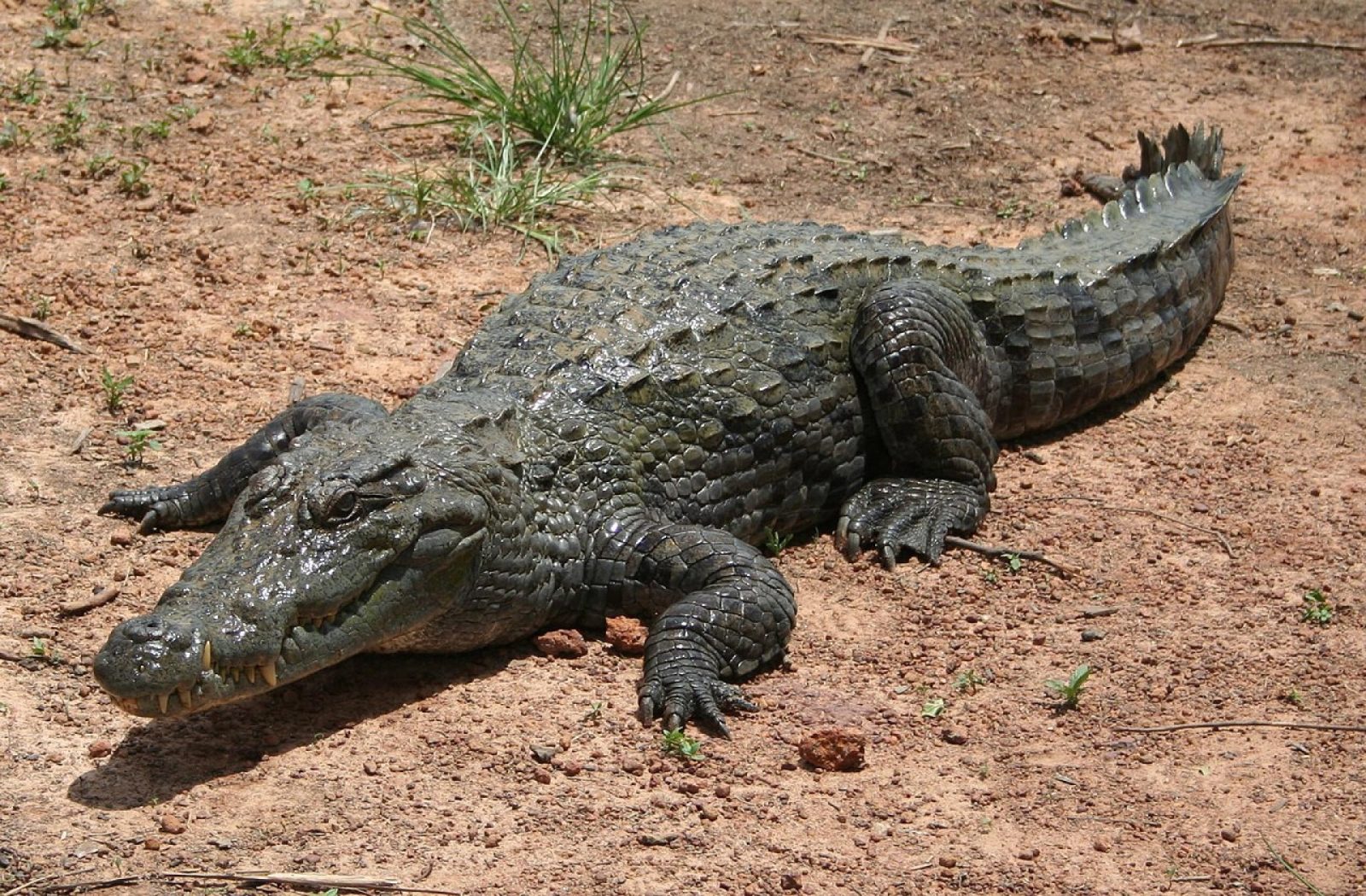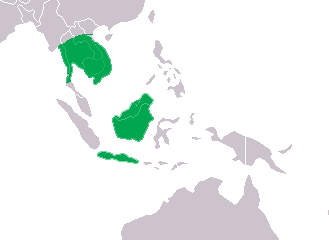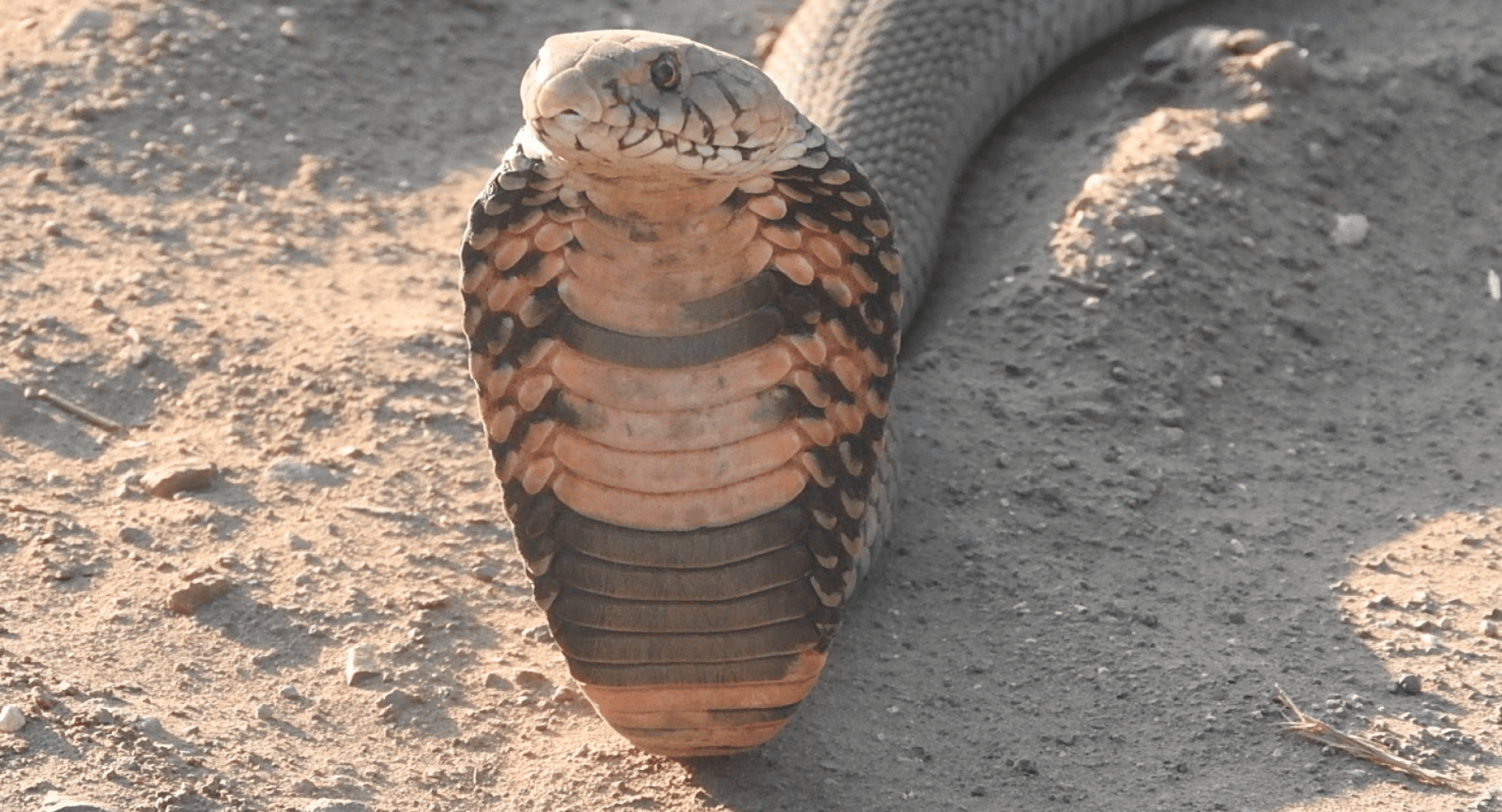
Snakes
Snakes are a huge family, with the msot recent count suggesting there are 4038 species around the world. These are split into 30 families. They are all carnivores and their predatory methods are wide ranging. As well as their adaptions for attack, they also have some effective defences.
The picture above, shows a spitting cobra. This is a fascinating species, which has developed what amounts to 2 water pistols in its mouth, which it fills with venom and shoots at animals eyes. While its venom could cause problems or death if injected, it is not set up to inject venom. The problem with many snakes defences, is that if you have got close enough to inject your venom you may kill the animal, but it is also likely to kill or injure you. The spitting cobra deals with this, by spitting at the threat from a distance. Not only is it incredibly painful if the venom goes in your eyes, but if it is not washed out rapidly, you are likely to loose your eyesight. We have been lucky enough to encounter spitting cobras twice. The first time, it was in a stables, and was being killed for the safety of the horses. However, the above photo comes from the second encounter, which occurred on our last trip into the Kruger national park.
In the first place, I am not going to try to list all species around the world (should this website make significant progress, I may do this in the future, but not for now) but instead to list some of the most fascinating.
These are likely to be continually added to. If there is a specific species that interests you do fill in a species page, and help expand this list
Dominica’s mountain chicken frog is heading to extinction faster than anything recorded before
- Tim
- December 15, 2023
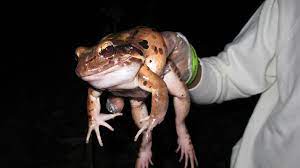
Once so common that they were cooked as a national food on the island. Yet in just two decades, the animal is one of the rarest in the world, with...
Chimpanzee and Gorilla seen spending extended periods together in the wild
- Tim
- October 10, 2022
Chimpanzees and Gorillas share much of the forests of central and Western Africa. It is therefore not surprising that they might meet from time to time.
As babies, all sorts...
First recorded fatal bear attack in Slovenia in living memory
- Tim
- June 16, 2021
Bears are highly intelligent fascinating animals. However it must also be remembered, that they are highly efficient predators, and that they are more than capable of defending themselves.

Botswana lifted its ban on hunting elephants last month – this argument is more contentious even amongst conservationists than you would think
- Tim
- July 6, 2019
Botswana house around 135,000 of the 350,000 remaining elephants in Africa. In the past they have made a small but significant amount of money from these elephants by hunting, but...
Encounter with a slow worm
- Tim
- July 17, 2018
 In the UK, people don't always think of reptiles when thinking of animals they might see on a walk. In the last decade I have been living on land beside...
In the UK, people don't always think of reptiles when thinking of animals they might see on a walk. In the last decade I have been living on land beside...Reptile watching in the UK
- Tim
- April 4, 2018
 When one thinks of snakes and lizards, the UK is not the first place that it would occur to look for them, and indeed they tend to be rarer and...
When one thinks of snakes and lizards, the UK is not the first place that it would occur to look for them, and indeed they tend to be rarer and...Black Mamba (South Africa)
- Tim
- March 11, 2018
 Image by John Blythe We spent a month volunteering at Umhloti Lodge about 20 miles from Kruger. This is a nature reserve, and although none of the big five live...
Image by John Blythe We spent a month volunteering at Umhloti Lodge about 20 miles from Kruger. This is a nature reserve, and although none of the big five live...

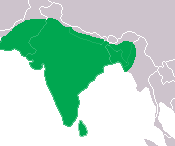
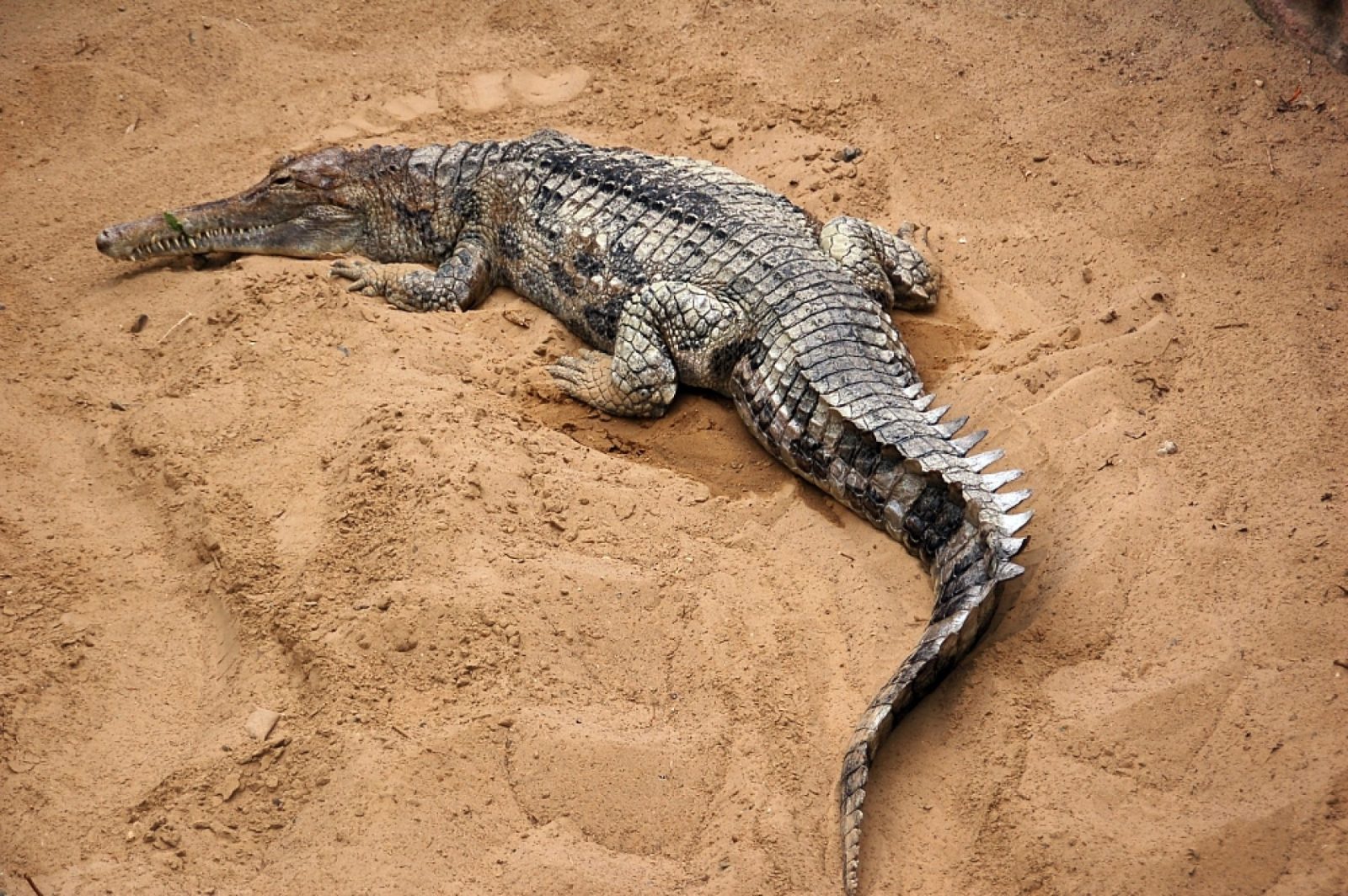
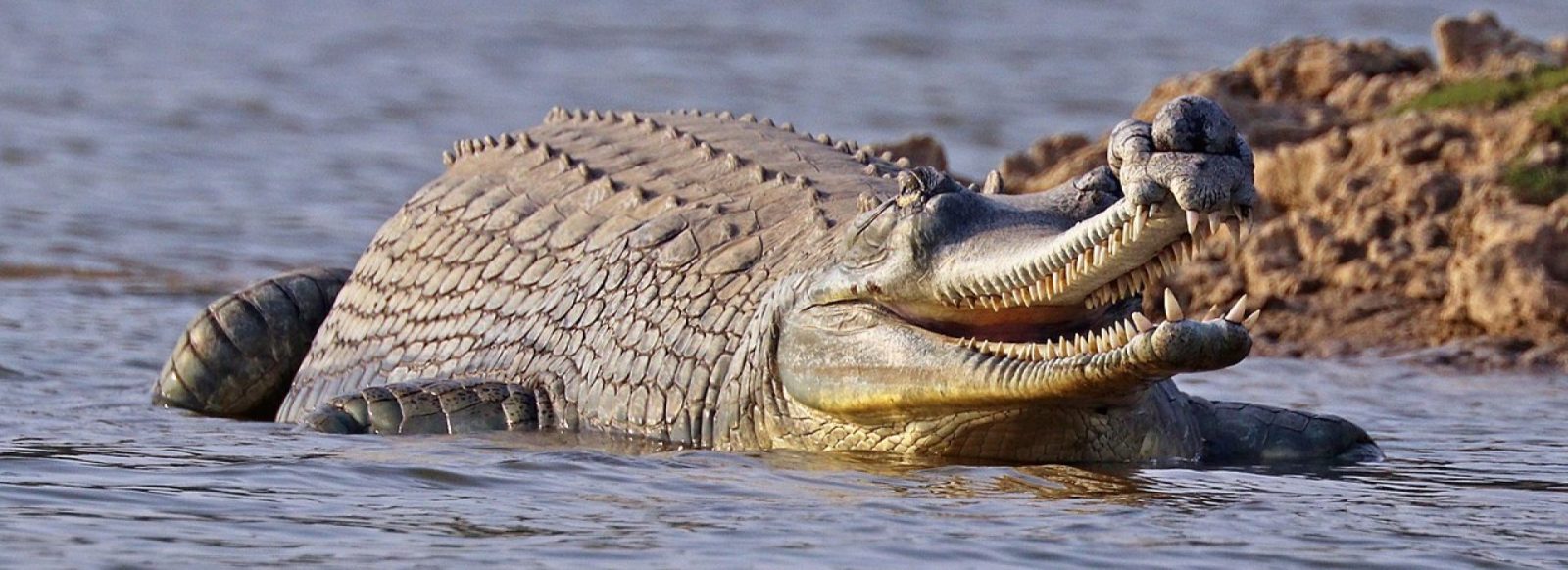
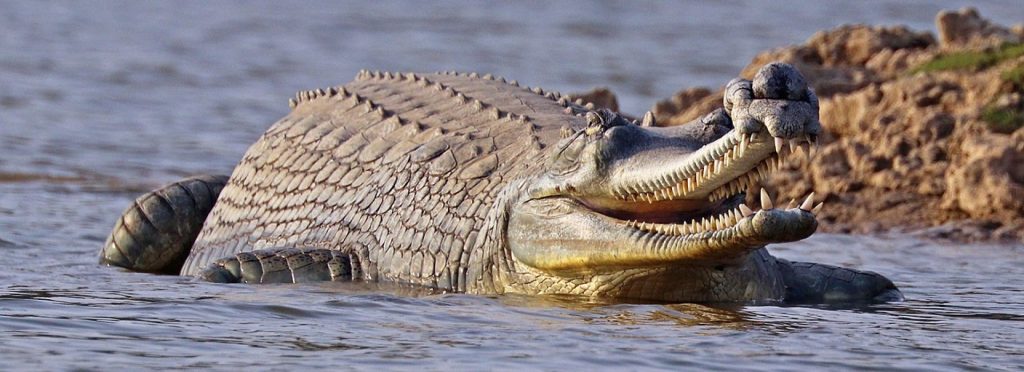
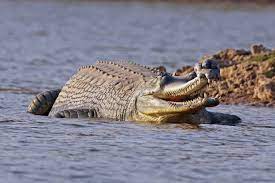
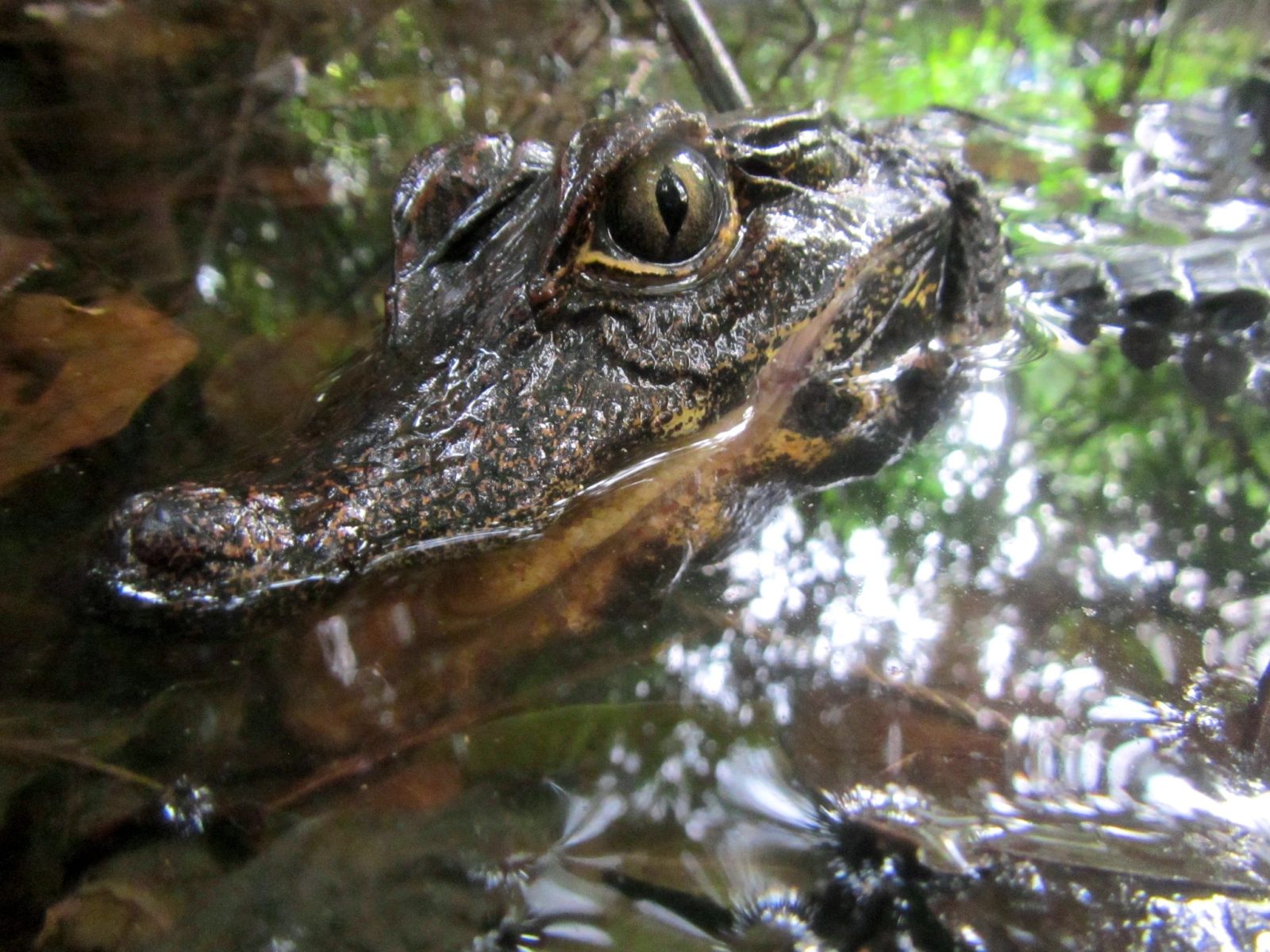
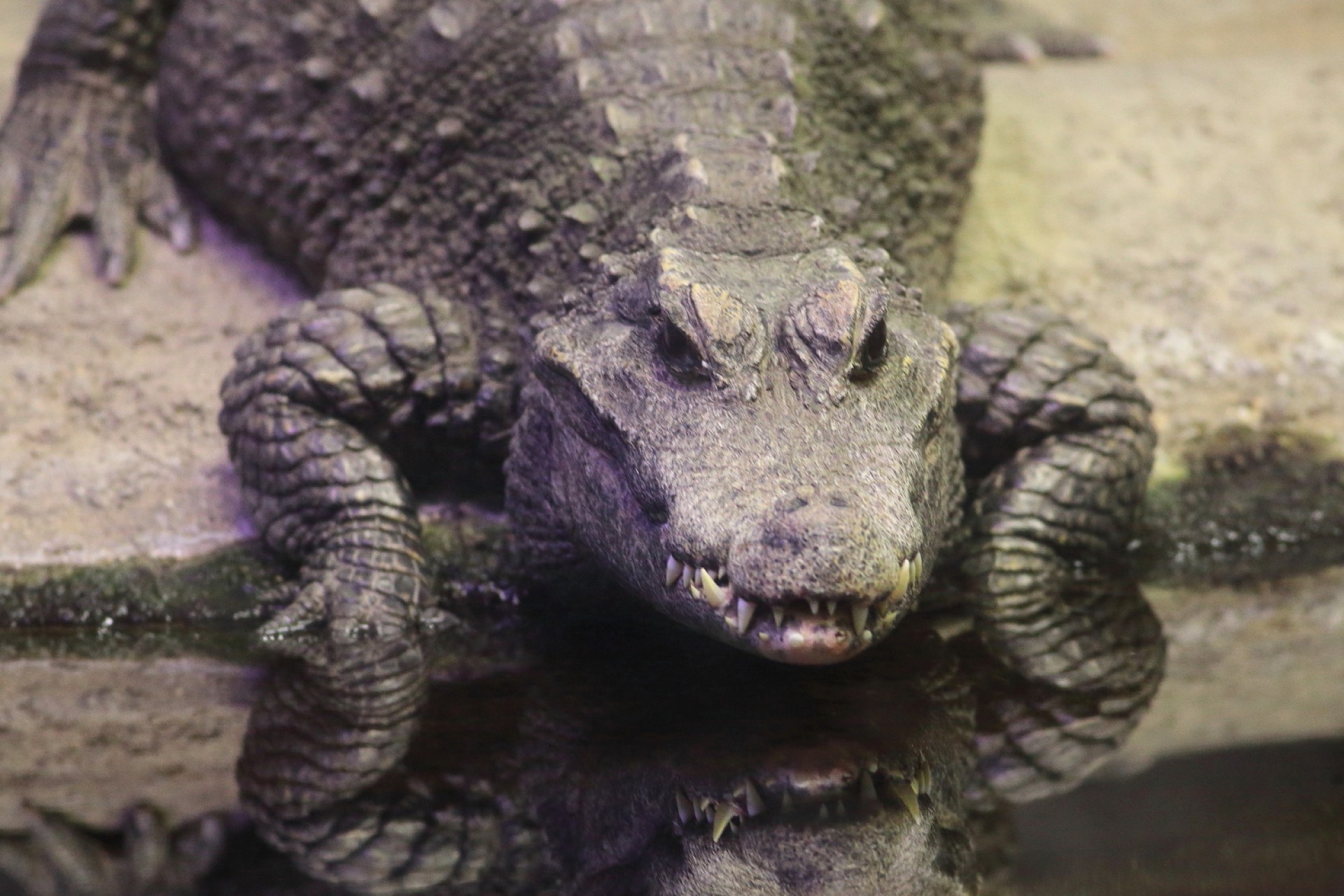
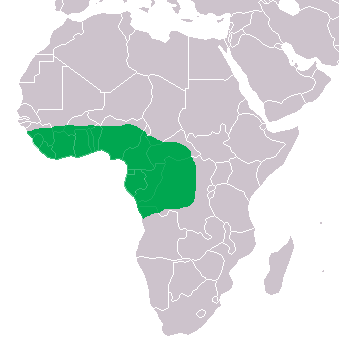
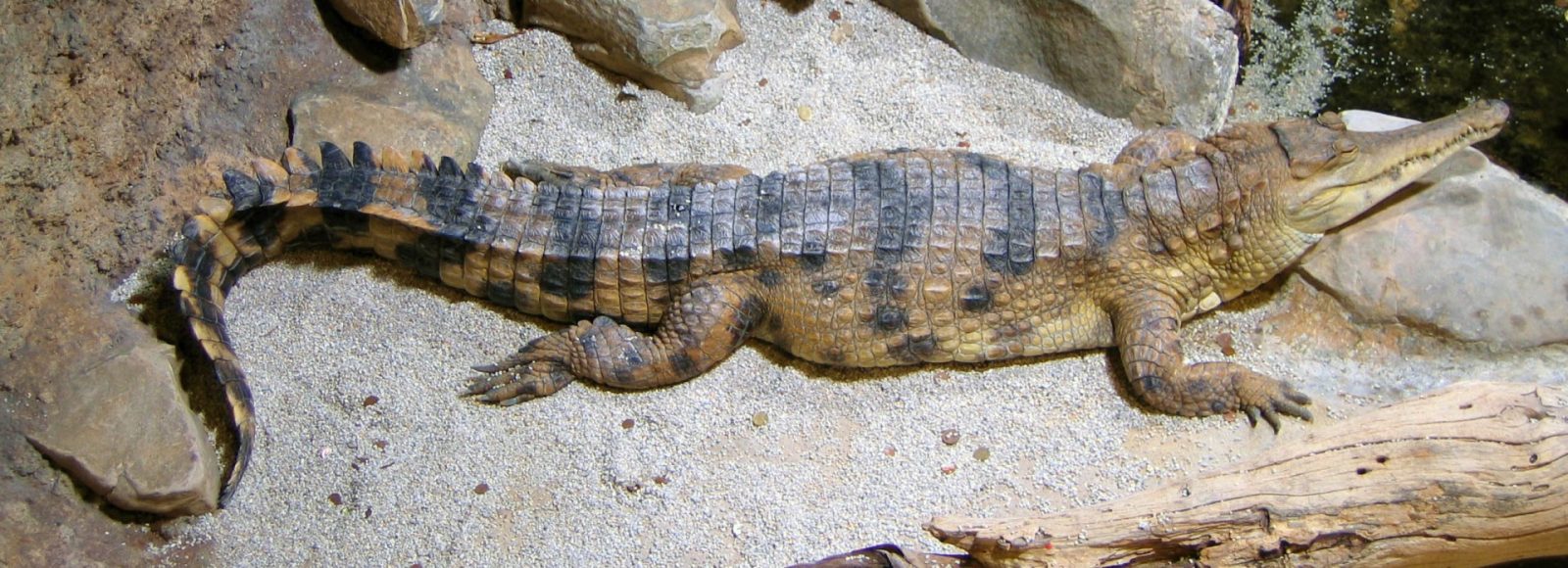

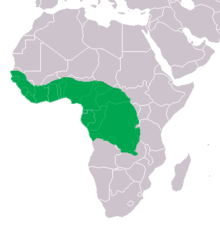 Before several studies that occurred one in 2014 and the other in 2018, it was thought that there was only one species of slender snouted crocodile – the west African slender snouted crocodile.
Before several studies that occurred one in 2014 and the other in 2018, it was thought that there was only one species of slender snouted crocodile – the west African slender snouted crocodile.